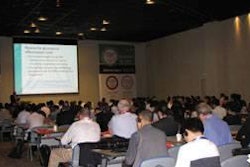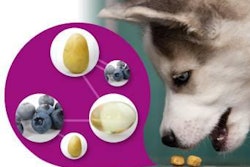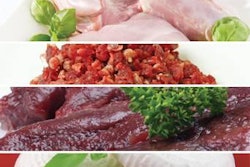This study investigated the effect of chilling and freezing canine feces on in vitro gas production kinetics and fermentation end-product profiles from carbohydrate-rich and protein-rich substrates. Feces were collected from three adult Retriever-type dogs fed a wet diet for at least two weeks. Each fecal sample was divided into three portions: one used as an inoculum (fresh) and the other two used after either chilling to 5°C for 30 minutes and storage in crushed ice for 23.5 hours (chilling) or freezing to -20°C for 30 minutes and storage in a pre-frozen (-20°C) container for 23.5 hours (freezing).
After incubation, fermentation liquids were analyzed for short-chain fatty acids, NH3 and aromatic compounds. Chilling feces did not affect gas production kinetics and end-product profiles of substrates compared to inocula from fresh feces. Freezing feces decreased the maximum rate of gas production in FOS and across substrates increased gas produced and time of maximum gas production. Furthermore, compared to fresh fecal inocula, inocula from frozen feces resulted in increased overall indole concentrations. Phenol concentrations were greater for frozen feces than for fresh feces.
Freezing canine feces for 24 hours slightly altered fermentative characteristics of fecal inoculum, whereas chilling feces in crushed ice for 24 hours maintained fermentative characteristics. Chilling in crushed ice is a practical method to preserve feces during transport between laboratories within 24 hours for in vitro fermentation studies evaluating dietary ingredients.
Source : G. Bosch et al., 2012. Effects of preservation conditions of canine feces on in vitro gas production kinetics and fermentation end-products. J Anim Sci online October 2012. doi: 10.2527/jas.2012-5262J
















